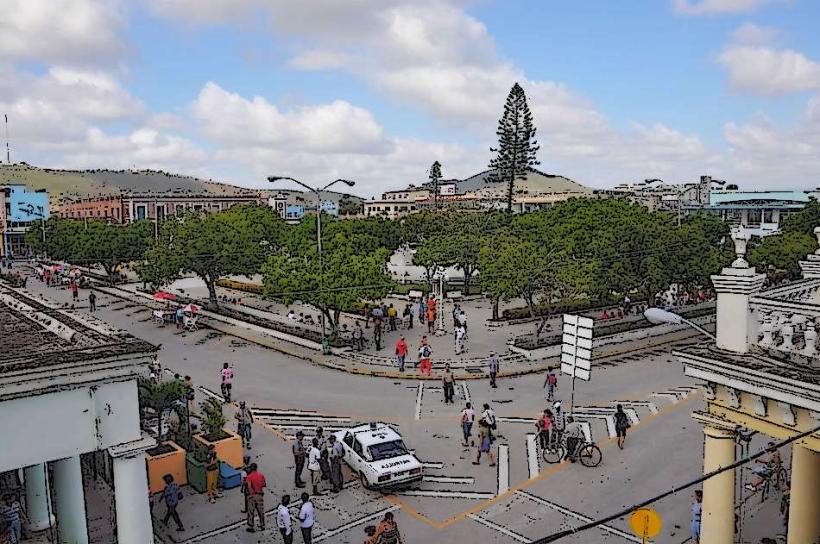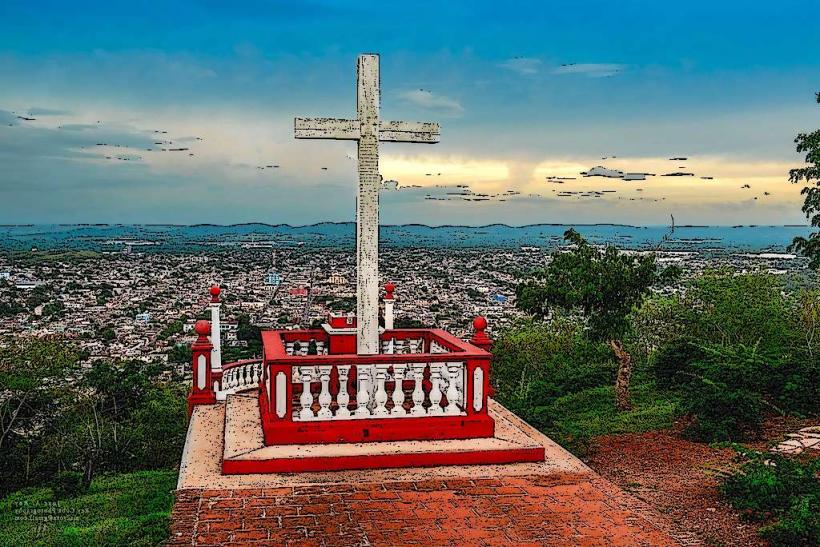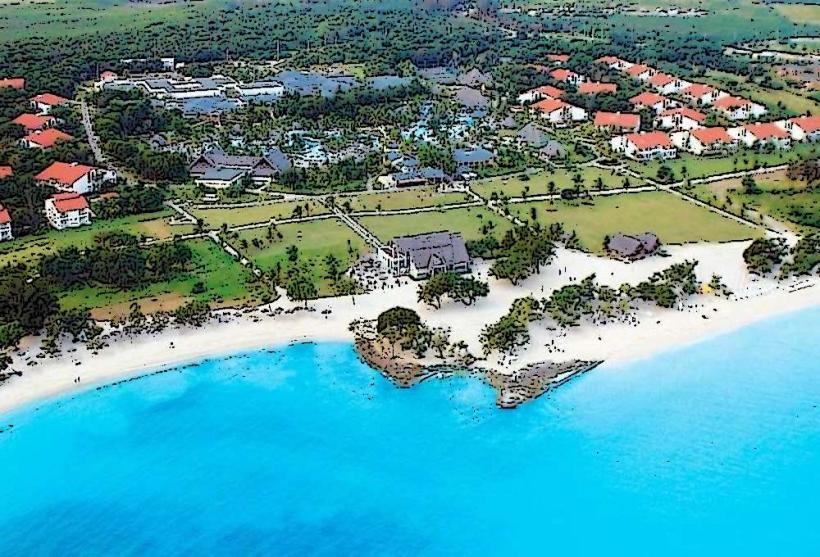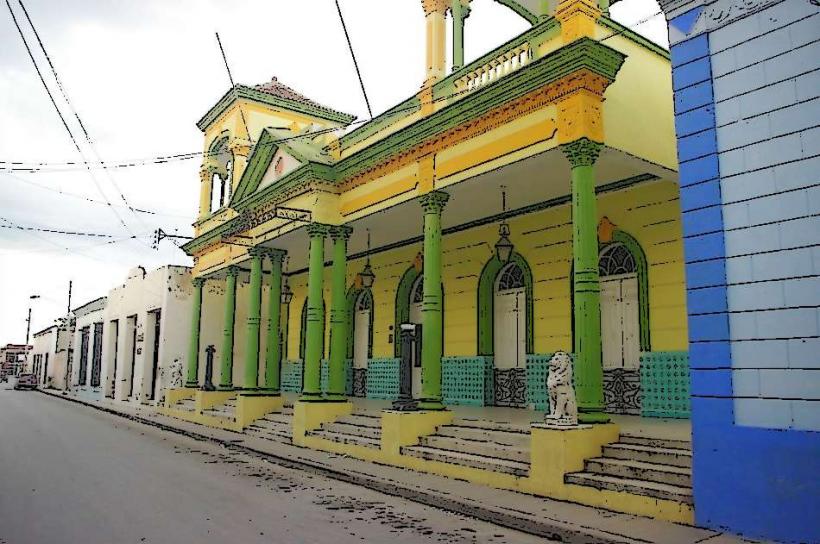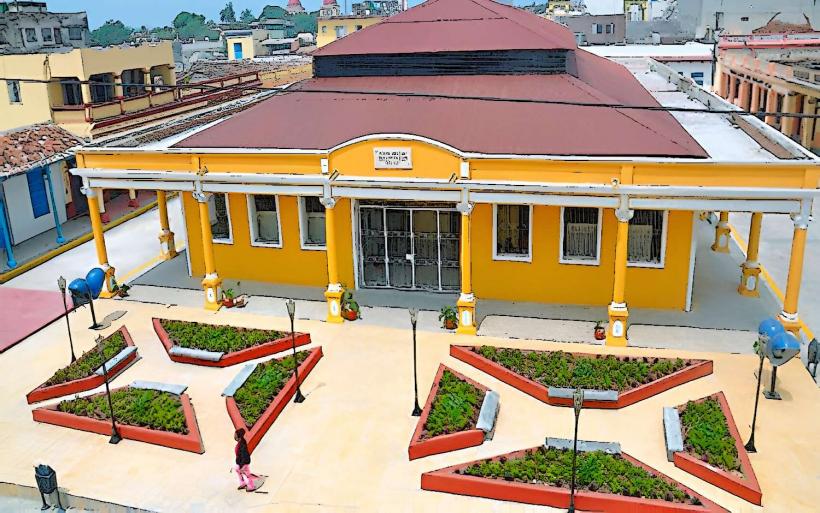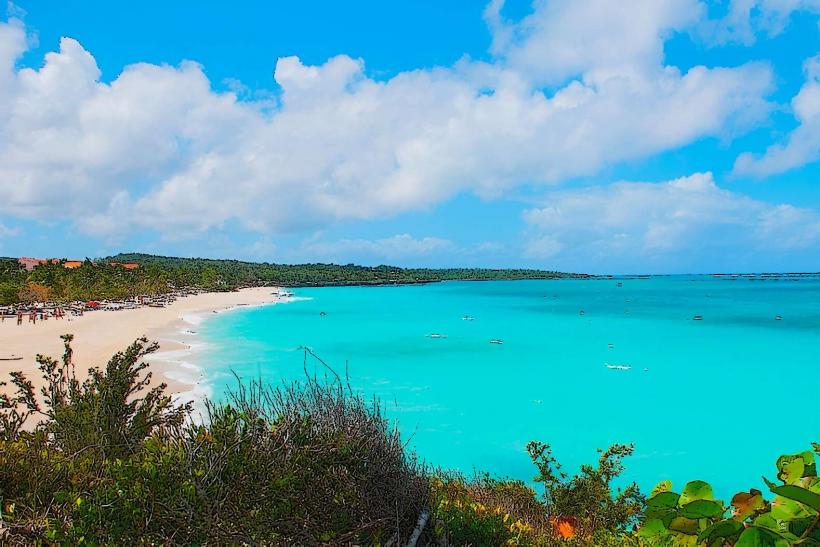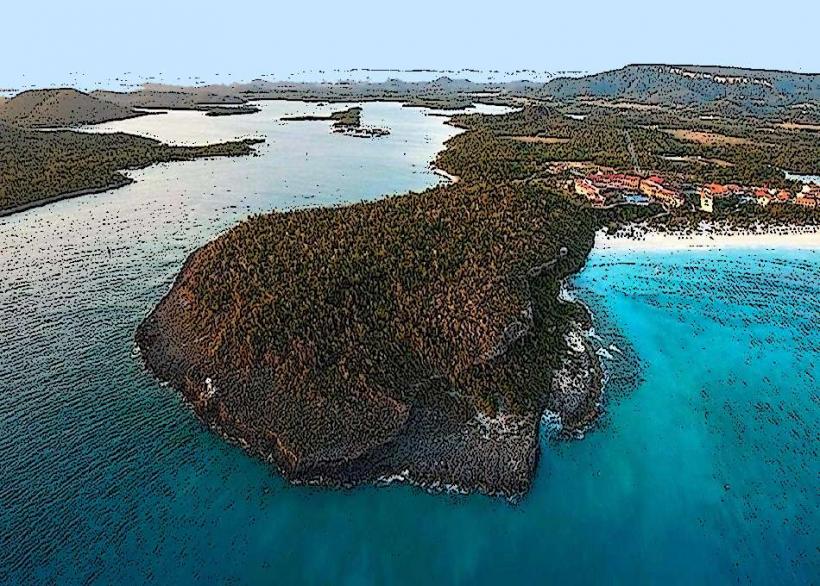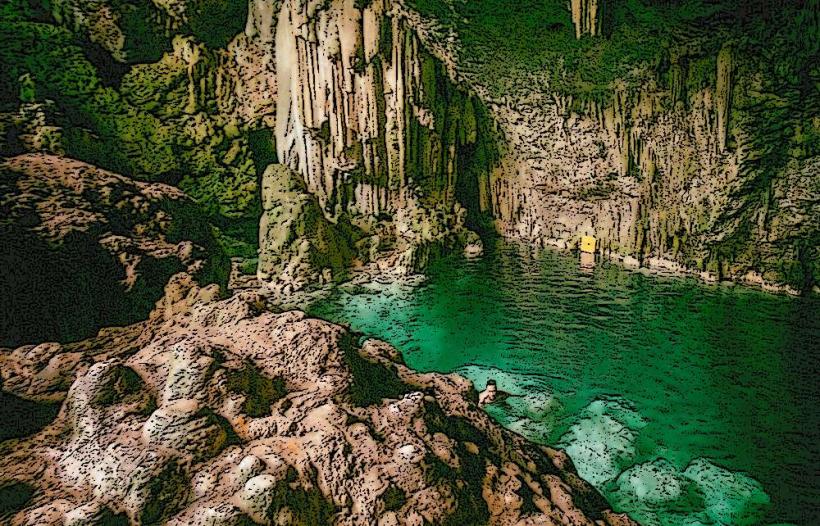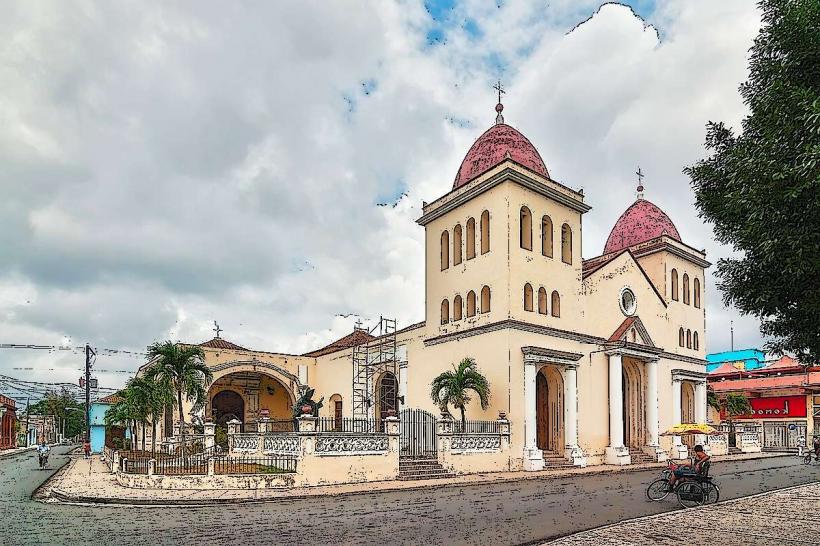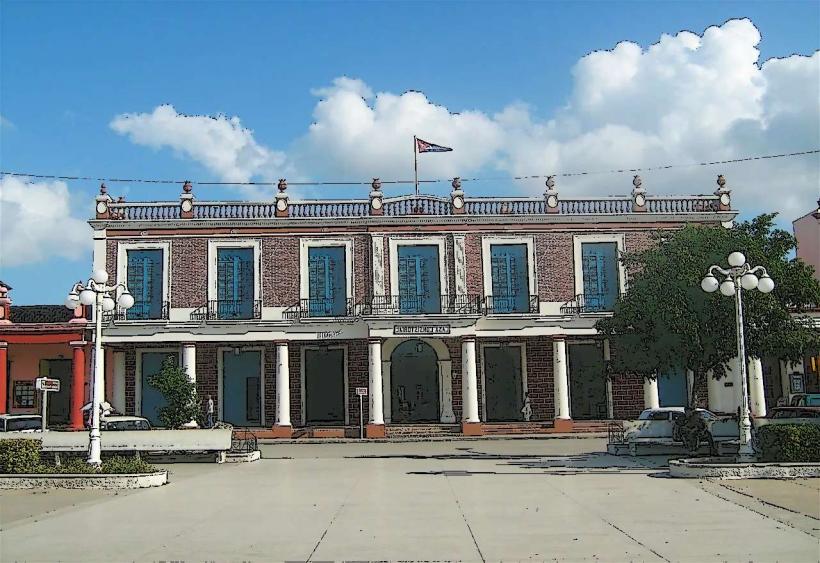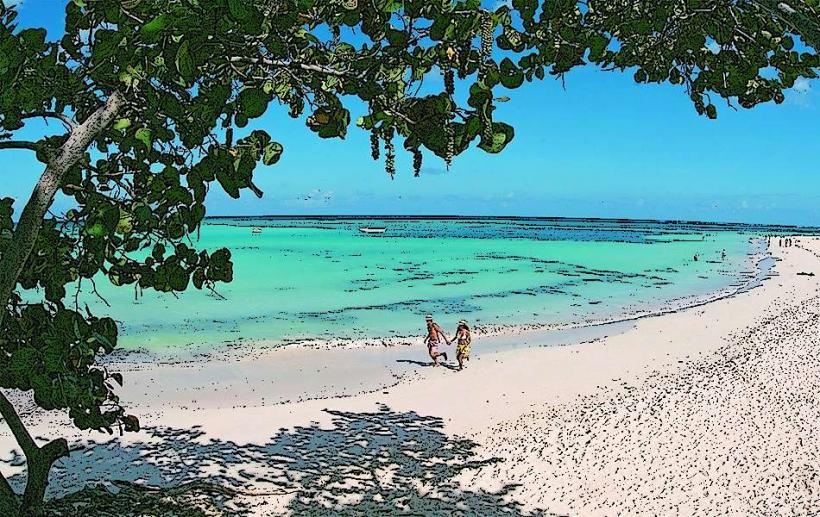Information
Landmark: Guayabo National ParkCity: Holguin
Country: Cuba
Continent: North America
Guayabo National Park (Parque Nacional Guayabo) is a significant archaeological and natural reserve located in Costa Rica. The park is renowned for its impressive pre-Columbian archaeological site, as well as its lush landscapes, rich biodiversity, and cultural importance. It's a unique destination that combines history, nature, and outdoor activities, making it a must-visit for those interested in Costa Rica's heritage and wildlife.
Location
- Region: The park is located in the Turrialba region, in the Central Valley of Costa Rica.
- Proximity: Guayabo National Park is situated near Turrialba Volcano, about 20 kilometers (12 miles) from the town of Turrialba. The park is easily accessible by car from the capital, San José, taking about 2 to 2.5 hours to reach.
Historical Significance
Pre-Columbian Site:
- Guayabo National Park is home to the Guayabo archaeological site, one of the most important and well-preserved pre-Columbian sites in Costa Rica. The site was likely inhabited by the Talamanca and other indigenous groups, possibly dating back to as early as 1000 BCE to around 1400 CE.
- The site was rediscovered in the early 20th century and has since been excavated and preserved, providing valuable insights into the indigenous peoples of the region before the arrival of Europeans.
Structures and Features:
- The Guayabo archaeological site includes a variety of structures such as paved roads, ceremonial platforms, water channels, and mysterious petroglyphs. The paved roads are particularly notable because they are believed to have been used for ceremonial purposes and likely connected different settlements in the area.
- Stone monuments and burial sites have been discovered, offering evidence of social structures and religious practices of the ancient inhabitants.
- One of the most impressive features of the site is the water management system, which includes complex aqueducts and fountains, demonstrating advanced knowledge of hydraulic engineering by the indigenous people.
Cultural Legacy:
- Guayabo serves as a testament to the advanced civilization that existed in the region long before the arrival of Europeans. The site provides valuable information about the rituals, art, and architecture of the indigenous cultures that lived there.
Natural Features and Biodiversity
Flora and Fauna:
- The park is not only an archaeological site but also a biological reserve that showcases the rich biodiversity of the region. Guayabo National Park is located in the Turrialba Volcano area, which is part of the Talamanca mountain range. The park covers approximately 2,500 hectares (6,000 acres) and is home to various ecosystems, including tropical rainforest, cloud forest, and humid montane forest.
- Visitors can see a variety of native plant species, including tropical hardwoods, ferns, orchids, and bromeliads.
- Wildlife in the park includes various species of birds, such as quetzals and toucans, as well as mammals like monkeys, deer, and tapirs. It’s also a great place for birdwatching and wildlife photography.
Volcanic Landscape:
- The park is located in the vicinity of Turrialba Volcano, an active stratovolcano that adds to the scenic beauty of the area. The volcanic terrain features lush vegetation, crater lakes, and steam vents in certain areas. The park’s proximity to the volcano enhances the overall experience for nature lovers and hikers.
Activities and Things to Do
Exploring the Archaeological Site:
- One of the main attractions in Guayabo National Park is the archaeological site. Visitors can walk along well-maintained paths to explore the ruins of the ancient city, including paved roads, stone structures, and water systems.
- Guided tours are available, and they provide insightful information about the history, significance, and discoveries made at the site. Expert guides will explain the purpose of various features and share stories about the indigenous people who once inhabited the area.
Hiking and Nature Walks:
- Guayabo National Park offers several hiking trails that take visitors through the park’s rich natural surroundings. These trails allow visitors to explore the park’s biodiversity, including its lush forests, diverse wildlife, and scenic viewpoints.
- Some trails lead to panoramic views of the surrounding mountains, including Turrialba Volcano. For nature enthusiasts, the park offers a perfect blend of cultural history and ecological exploration.
Birdwatching:
- The park is a birdwatcher's paradise due to its varied habitats. Birdwatchers can expect to see colorful species such as resplendent quetzals, toucans, and hummingbirds. The park is home to hundreds of bird species, making it a prime location for both amateur and professional birdwatchers.
Photography:
- Both the archaeological ruins and the stunning natural landscapes make Guayabo National Park a great spot for photography. Whether you’re interested in capturing the ancient structures, the diversity of plant life, or the wildlife, there are many opportunities to take unique and memorable photos.
Practical Information
Best Time to Visit:
- The best time to visit Guayabo National Park is during the dry season (December to April), when the weather is more favorable for hiking and exploring the archaeological site.
- The rainy season (May to November) brings lush greenery but can also result in wet conditions that might make hiking trails slippery.
Opening Hours:
- Guayabo National Park is typically open to visitors from 8:00 AM to 4:00 PM every day. However, hours can vary, so it’s best to check before your visit.
Entrance Fee:
- There is an entrance fee to visit the park, which helps fund the preservation and maintenance of the archaeological site and the natural areas. The fee is generally affordable and varies depending on whether visitors are Costa Rican residents or international tourists.
Guided Tours:
- Guided tours are available for those who want to learn more about the archaeological significance of the site and the local flora and fauna. The tours are typically conducted in Spanish, but some guides may offer services in English.
Facilities:
- The park has basic facilities, including restrooms, a small gift shop, and a visitor center. There are also picnic areas where visitors can relax and enjoy the natural beauty of the surroundings.
What to Bring:
- Comfortable shoes for hiking, especially if you plan to explore the trails and archaeological site.
- Water and snacks, as there are limited places to buy refreshments within the park.
- Camera, binoculars for birdwatching, and a hat or sunscreen for sun protection.
- Insect repellent, as the tropical climate can attract mosquitoes.
Conclusion
Guayabo National Park is a fascinating blend of archaeology and nature, offering visitors the chance to explore ancient ruins while enjoying the rich biodiversity of Costa Rica. Whether you’re interested in discovering the secrets of the pre-Columbian civilizations that once inhabited the region or simply want to immerse yourself in the beauty of the surrounding landscapes, Guayabo is an exceptional destination for history lovers, nature enthusiasts, and adventure seekers alike.

